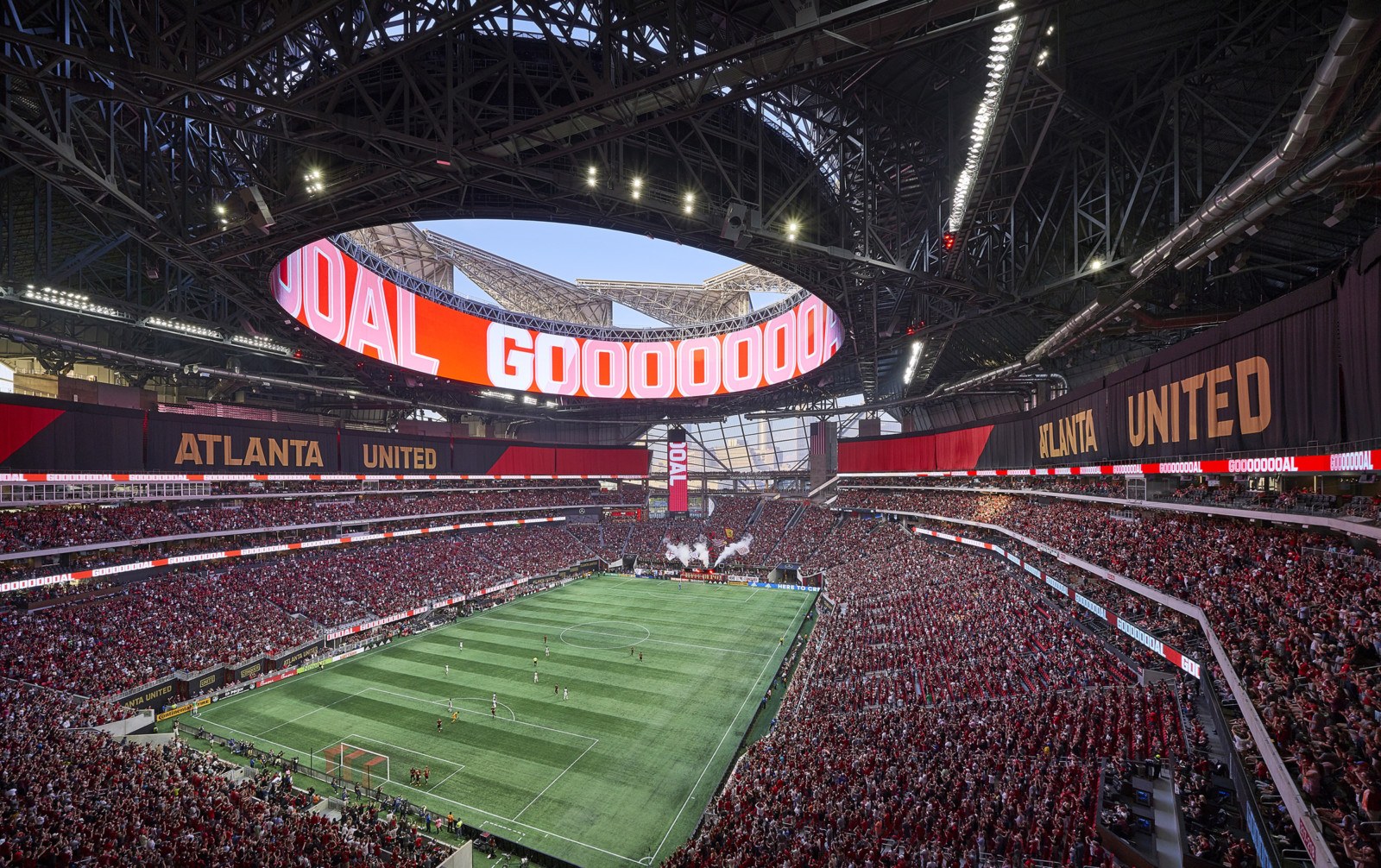Bill Johnson, design principal for HOK’s Sports + Recreation + Entertainment practice, discussed how technology is influencing venue design and fan experience at the Fast Company Innovation Festival.
Excerpted from Fast Company:
During a recent panel at the annual Fast Company Innovation Festival entitled “Designing a Successful Sequel: Conversations with Top Creators,” Johnson discussed the pitfalls and opportunities he faces as he imagines the future of entertainment venues. Joining him was Brian Leonard, vice president of Design for Lenovo’s PCs and Smart Devices business group. A key takeaway for both: Whether designing stadiums or ThinkPads, the evolution of entertainment, enjoyed alone on a device or with thousands at an arena, is sure to be a game changer.
“What is really driving architecture and design right now, especially in the entertainment and sports industry, is [that] fan expectations are changing about the introduction of technology and how that forms a comfortable or uncomfortable relationship with the live event,” Johnson said. “These sports structures have become backdrops for the social experience.”
The lines between technology and live event, work and play, are intersecting across industries. Stadiums are built smaller and are designed to convert into workspaces during the off-season, while phones get bigger to support rich content experiences in the office or during off-hours. That transition has only just begun, however. Both agreed that the next frontier is the blurring between spectator and participant, as esports become an increasingly dominant cultural and economic force, influencing devices and live events both.
Before that brave new world emerges, however, there is plenty to learn about how we interact with our leisure spaces and devices today. Johnson pointed out that a recent study in which he participated showed that the number-one website visited during a major sporting event at a stadium was the home-goods site Wayfair, which did not fit with the beer-and-cars advertising strategy employed at many national sporting events.
“What we’re starting to understand is: Do we really understand the nature of our customers?” Johnson said. “Are we missing value? Or are we missing the point? Women [make up] the largest increasing fan base for the NFL. I think that we have to be able to use technology to understand what people really want when they’re going to these kinds of events.”
